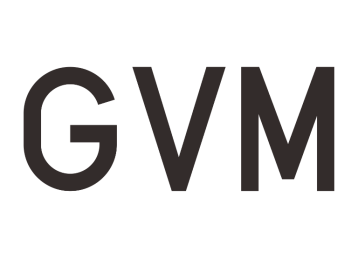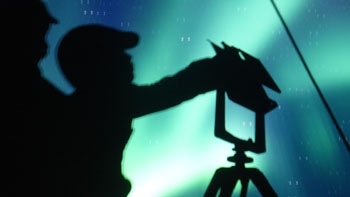
“Yes, a revolution has occurred. A digital revolution. Which power has been thrown out of business, Cinematography?
Pictures, as sound before, have become noise. Wherever we pass, we cannot avoid the onslaught of pictures, we can find no shelter. When the fascination fades, silence prevails- or slight depression, or rather humbleness. Digitalism has not turned our thoughts to be deeper, it has not heightened our morals nor has it made us less greedy, more humane- nor has it cancelled all earlier cinema masterpieces. Citizen Kane fascinates still.
Neither has the mystery of death found a digital solution, but the picture of Hell we now know. There every human must see each and every picture he or she has ever taken. All this said, digital means are a splendid tool.”
These words from Pirjo Honkasalo, FSC, the director of Concrete Nights, were read out by the President of the FSC Tahvo Hirvonen FSC at the opening of the second day of the historic meeting of cinematographers from the Societies of the Baltic and Nordic nations.
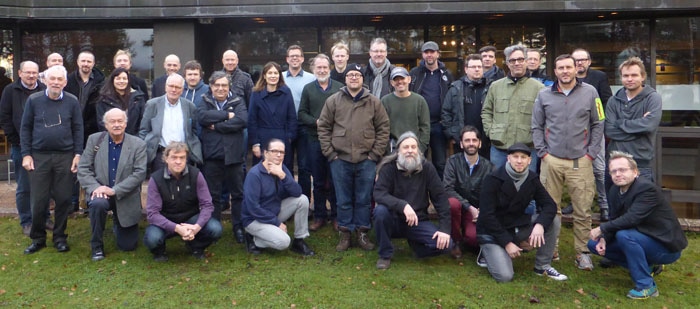
The occasion marked the first major International event held by the Finnish Society. The intention was to assess how the change from film to digital had affected the art of Cinematography. The selection of films screened and discussed over two days left delegates reassured for the future of film making in Finland, Norway, Denmark, Estonia, Latvia and Lithuania. The only regret was the absence of the companionship in the magnificent Hanasaari- Hanolmen, Finnish-Swedish Cultural centre in Helsinki of any Swedish cinematographers.
Apart from the breath-taking 3D film, Northern Lights over Mount Halde, in which the Norwegian director, Morten Skallerud FNF stretched credibility by positioning his two cameras two and a half kilometres apart (assisted by Kommer Kleijn SBC), there was little evidence to substantiate any proposition that the demise of film had led to an improvement in the standards of our craft. All the films shown impressed their audience in their own right.

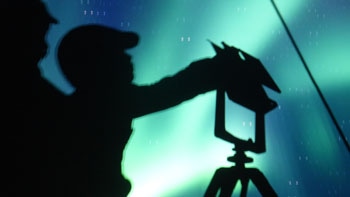
The opening film, N- the Madness of Reason was shot by the President of the Lithuanian Society, Rimvydas Leipus LAC. Set in Africa it is described as a multi-layered, audio-visual symphony of great narrative richness. This striking film toys with the conflict between the western mind and African spirituality.
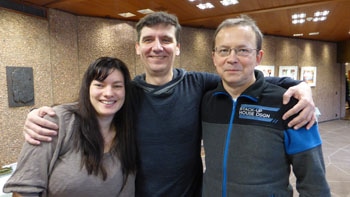
The Norwegian contribution, was shot by a member of the Imago technical committee, John Christian Rosenlund FNF. 1000 Times Goodnight featured Juliette Binoche as one of the world’s top war photojournalist. It premiered in Montreal this year. Directed by a former war photographer, Erik Poppe, it poses the question as to whether war and violence should be a photo opportunity.
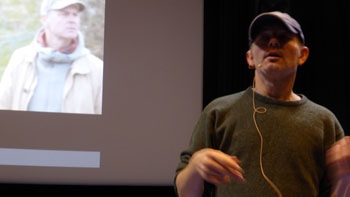 John Christian Rosenlund FNF
John Christian Rosenlund FNF
John Christian also gave a talk on Drylab, his patented software to handle post production. Michael Holm the Danish VFX also presented examples of the skills of the Visual Effects industry in his homeland.
The talented Finnish cinematographer, Peter Flinckenberg FSC was not able to be present at the showing of Concrete Night, a remarkable odyssey which relates the story of two brothers over the course of a night in Helsinki. This film is the official Finnish entry for the Oscar in 2015. It is a remarkable achievement for a nation of only five and a half million people.
The gaffer Jani Lehitinen and the VFX Artist Jussi Myllyniemi enlightened delegates on many technical aspects of the making of this fine black and white feature film. One of the main sponsors of the event, Valofirma, is run in a partnership by Jani Lehitinen. The company generously invited the delegates to an evening barbeque at their impressive Helsinki headquarters. Angel films were the other main sponsor. Without these sponsors this inspirational meeting could not have taken place.
 Gaffer Jani Lehtinen and VFX artist Jussi Myllyniemi
Gaffer Jani Lehtinen and VFX artist Jussi Myllyniemi
The Estonian contribution was unlike any film ever seen by any member of the audience. “In The Crosswinds” was a unique cinematic experience. A riveting 87 minutes long, black and white film in which for the greater part no-one moved despite hundreds of supporting artists. This dream like saga of survival under Stalin was inspired by a true story of deportation in 1941 of a young Estonian woman and her daughter. It is a triumph of choreography, directing and incredible camerawork. Excellent lighting is complemented by the faultless crane movement, some takes lasting seven minutes. In many ways given the budget it is more remarkable than Lubezki’s work on Birdman.
This film is a living tableaux to human injustice. This is a truly memorable debut feature by director Martii Helde. More will certainly be seen in the future from this director and his cinematographer Erik Pollumaa ESC. Funding must surely be found to at least release this on DVD.
The final film to satisfy the appetite for the week-end of discovery in the talent of the Baltic and Nordic film makers was shot by the President of the Latvian Society, Gints Berzins LGC and his compatriot Andrejs Rudzats. It involved filming in the Chernobyl environment for which because of ease of equipment lugging, Gints chose to use a Canon camera. It is an emotional journey to a place supposed to be hell, but still paradise for some people.
The term emotional journey could apply to many of the films shown and discussed at this meeting entitled “Expression”. The unanimous desire “expressed” upon departure was for a repeat meeting. Great credit is owed to Tahvo Hironen FSF for his determination and tenacity in creating what could become known as the First Imago Baltic Conference.
Imago is proud to have assisted in its chosen aims to forge friendship and understanding between cinematographers and improve standards of cinematography. We congratulate the Finnish Society upon their organisational achievement. There is a strong possibility the IAGA for 2017 is destined for Helsinki.
DNW




















